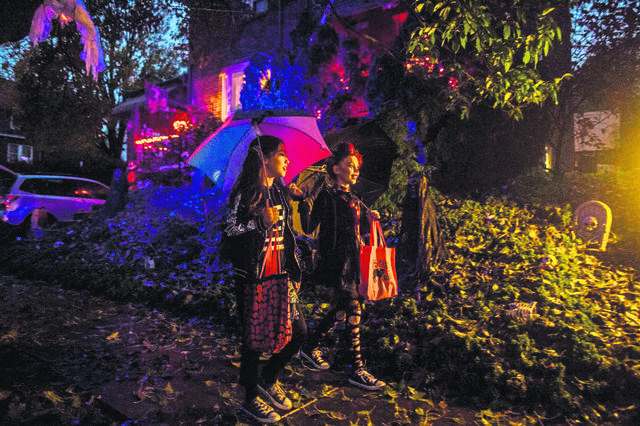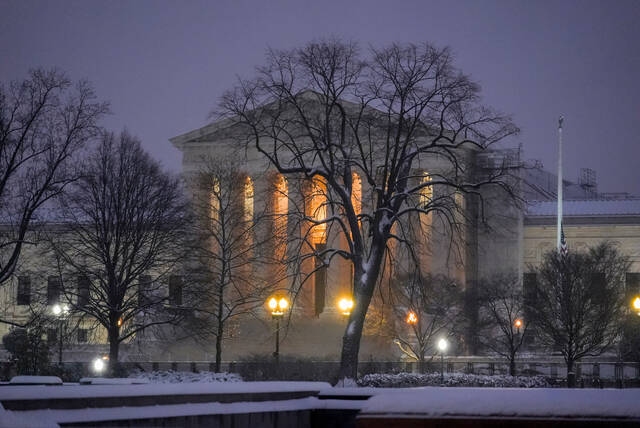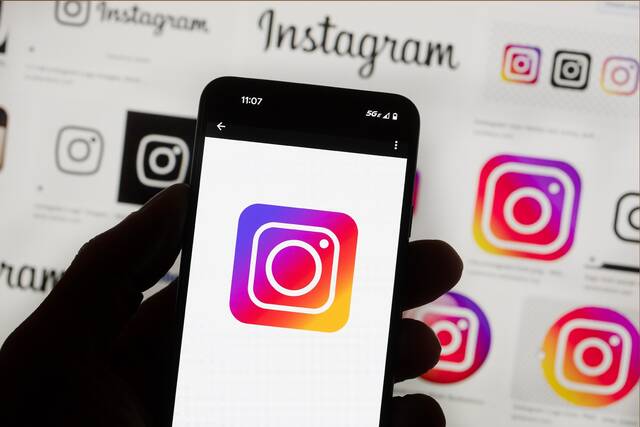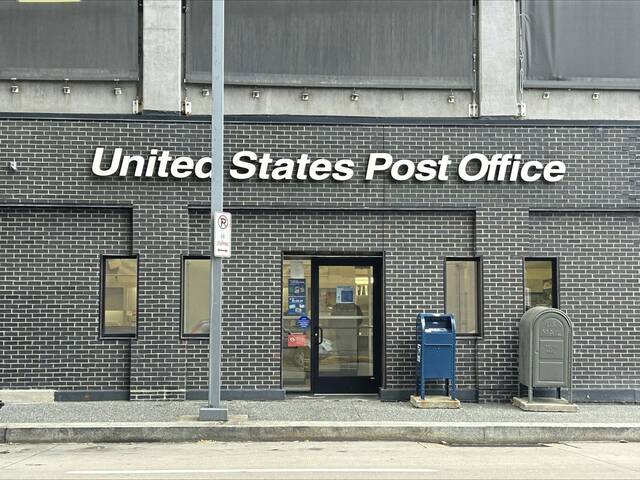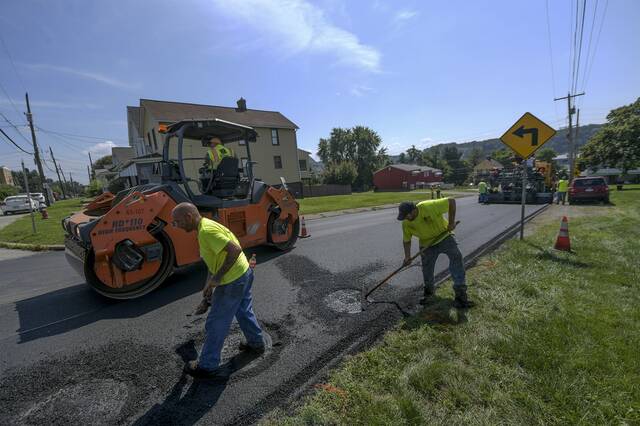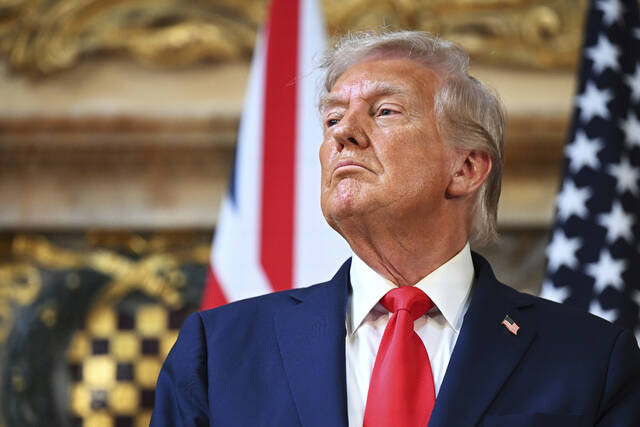Of course we want everyone, including children, to be safe during the pandemic. We canceled school in the spring, camps in the summer, vacations, sleepovers and more. My daughter turned 14 in June, and her friends drove by in cars, wishing her happy birthday while she waved from the lawn.
All of this I swallowed. But the ruling on Halloween from the Centers for Disease Control and Prevention is a bridge too far.
The agency recently announced that traditional trick-or-treating, with face-to-face candy distribution, is a high-risk activity. Even modified trick-or-treating with grab-and-go goody bags was labeled a moderate risk.
But if I had to design an activity for children that might be safe during a pandemic, I’m not sure that I could do a better job than trick-or-treating. It’s outside. It can be socially distanced. The food is individually wrapped (before anyone partakes, parents can wipe the candies down while kids wash their hands). It’s the one night a year when kids will not argue at all about wearing masks.
Homeowners could easily place the candy bowl six feet from the door and admire kids’ costumes from afar. Candies could be laid out on platters and replenished, so kids don’t have to root around in a big bowl. Halloween is on a Saturday this year. Neighborhoods could commit to starting earlier so that kids aren’t all out at once. We could even stagger the hours by age.
Some people will object that teenagers and young adults will refuse to follow the rules, band together and potentially expose one another. I would counter that they don’t need the excuse of Halloween to do that. I work for a university, and parties occur on all the other nights of the year, too.
Some Halloween activities should clearly be avoided. Indoor get-togethers would be just as unsafe on Halloween as on any other night. Bobbing for apples, though quaint, is definitely out. So are haunted houses that ask kids to touch things or bump into each other repeatedly. I wouldn’t be eager for a bunch of kids to jump on a hayride together, even if they’re masked.
The mistakes the CDC is making on Halloween mirror the mistakes we make all the time with respect to the pandemic. We treat all activities as if they are either “safe” or “unsafe.” We argue about whether schools are “safe.” We argue about whether sports are “safe.” We argue about whether restaurants are “safe.”
None of these are binary decisions. It’s possible to do all of these things more safely and less safely. Our goal should be to look at each activity and ask, “How can we do this as safely as possible?”
We can make trick-or-treating safer for kids. If we make it all about them, and less about us, we can pull this off.
We can figure out the logistics of marking off a lawn or street to tell children where to wait in line until it’s their turn to go collect the candy. We can walk around the neighborhood with them, even to the far-off house that gives out the king-size candy bar, to steer them to houses that are doing this right. We can put hand sanitizer everywhere, or carry it around ourselves.
We could commit to doing the covid-19-response work we have too often avoided because it’s too hard or too tiring or too expensive.
This one day, let’s make it entirely about kids. They look forward to it all year; they’ve suffered enough. The rest of us could put aside our individual wants and desires for one evening and do everything in our power to make trick-or-treating happen safely.
The good will we generate that night might make the next few months of winter, which are likely going to be filled with disappointments for kids, a little easier to weather.
Aaron Carroll is a professor of pediatrics at Indiana University School of Medicine and a New York Times contributing opinion writer.


